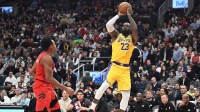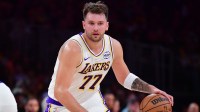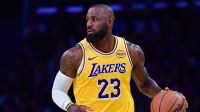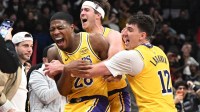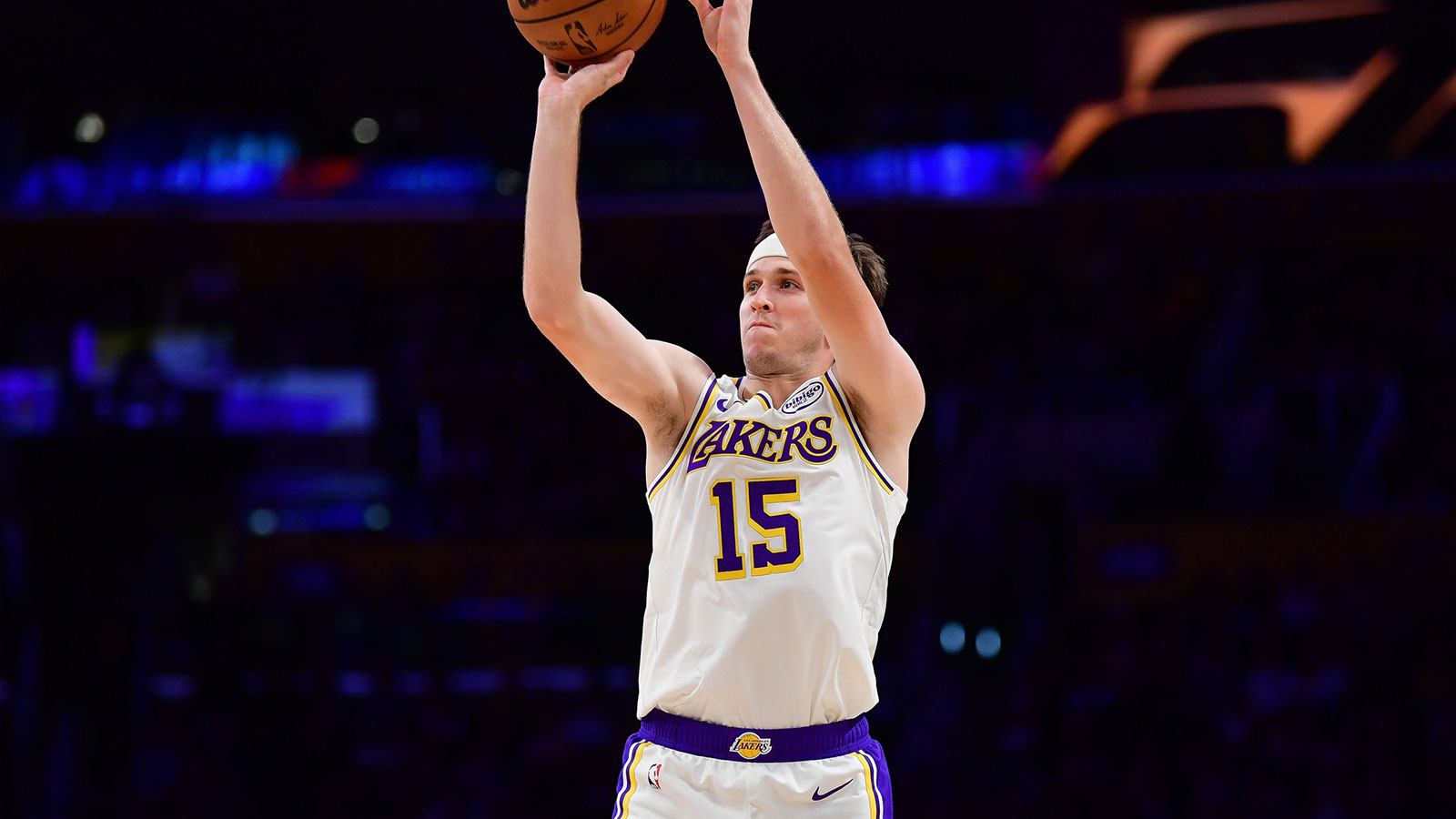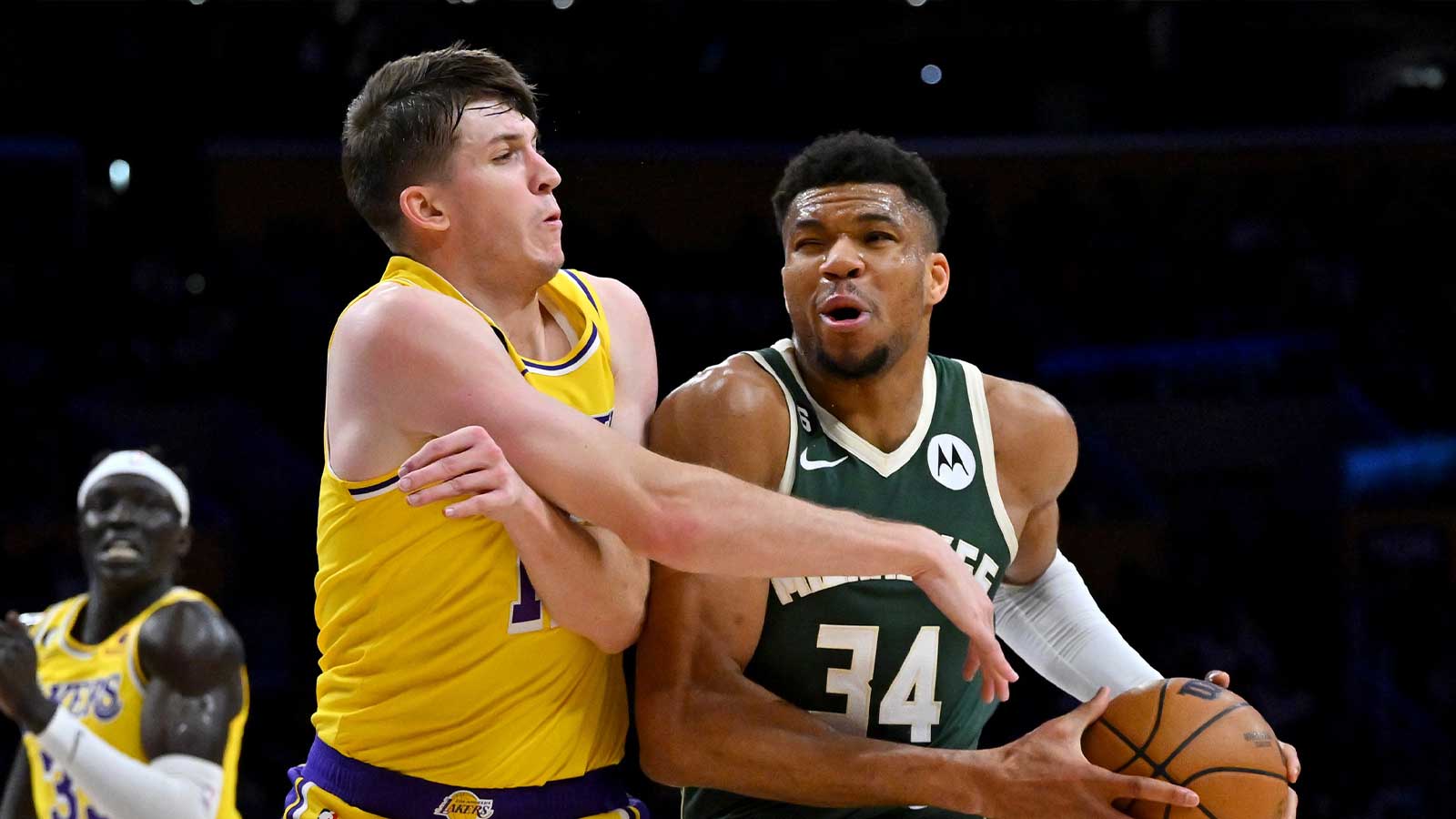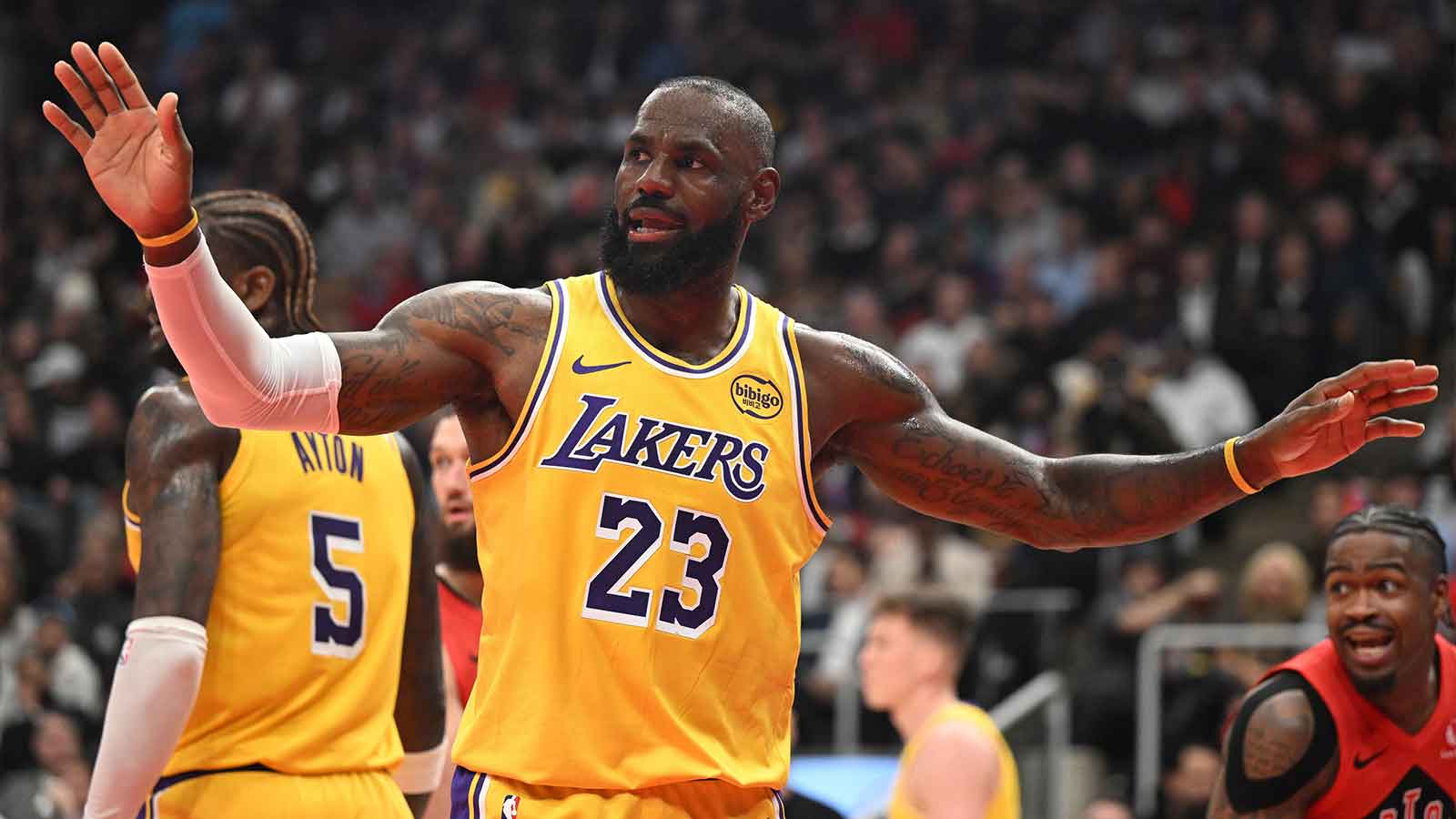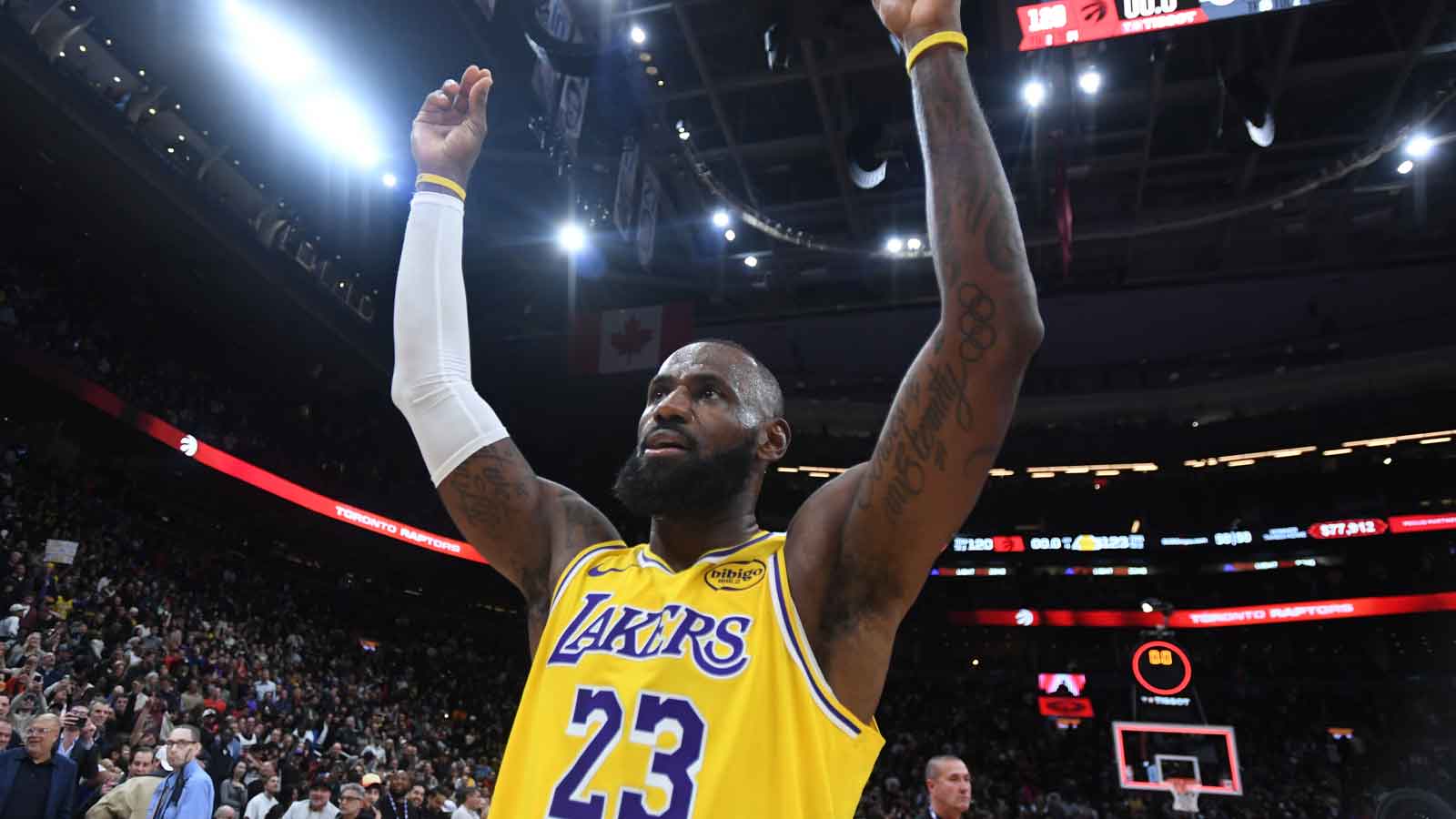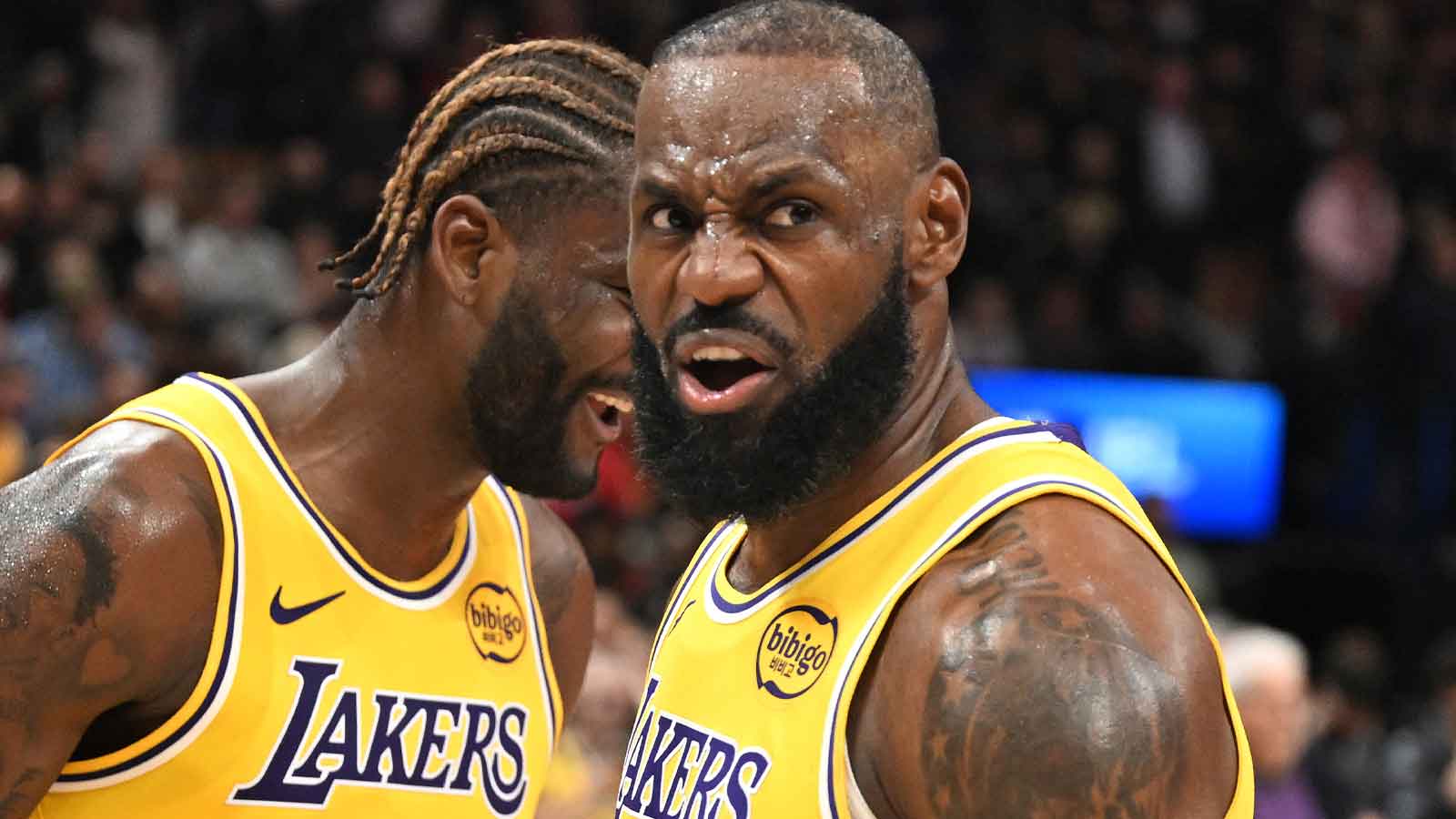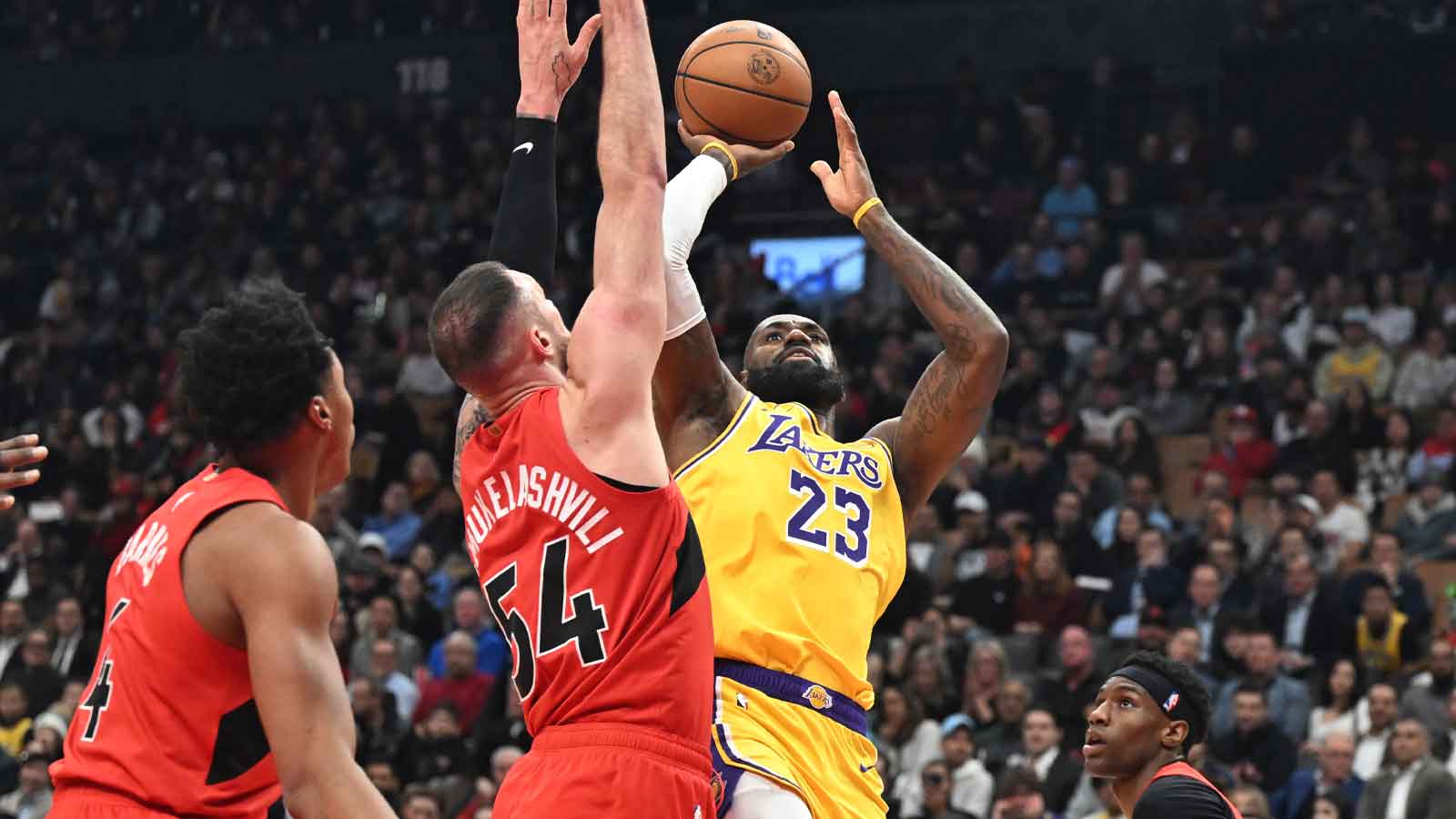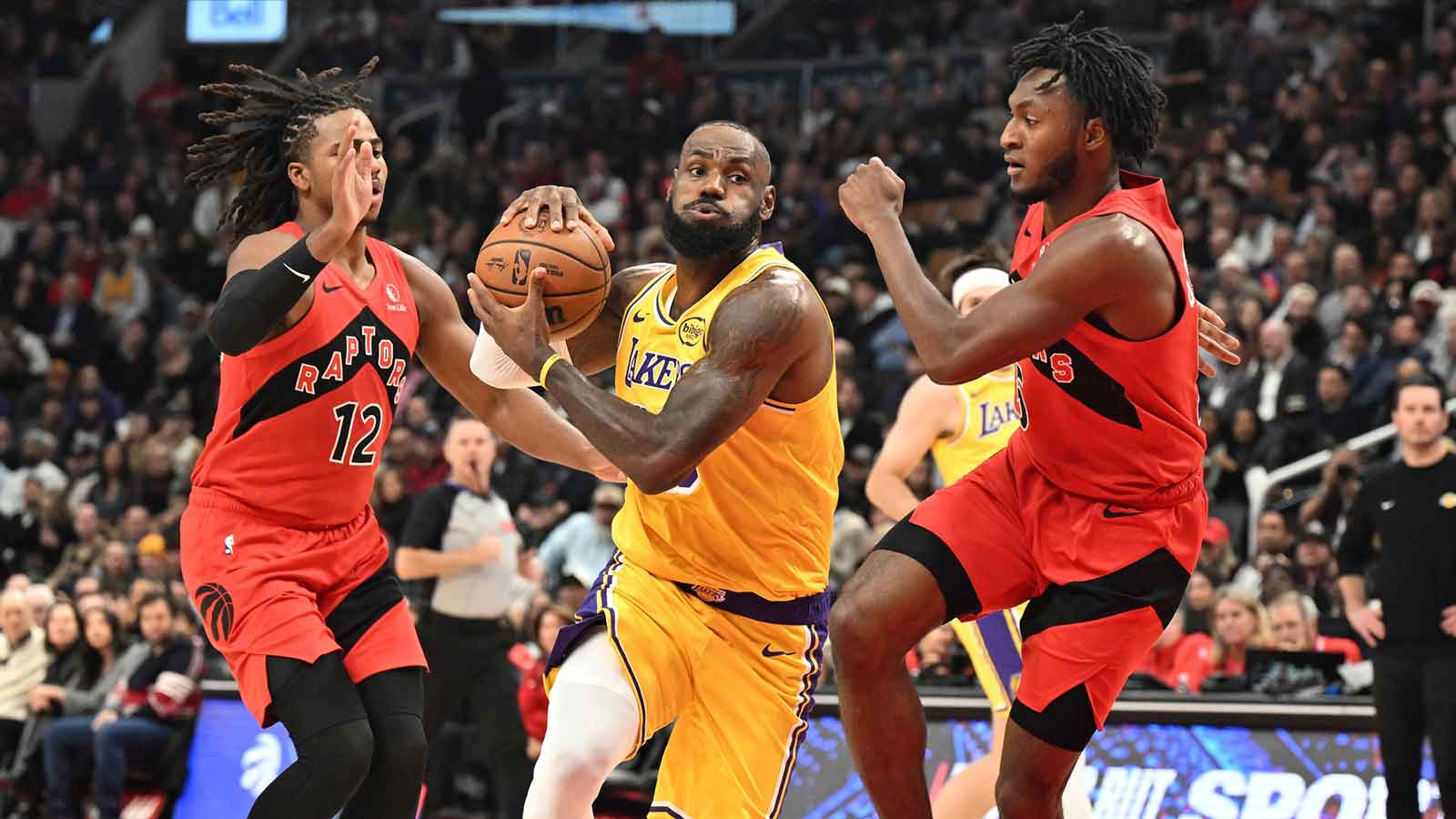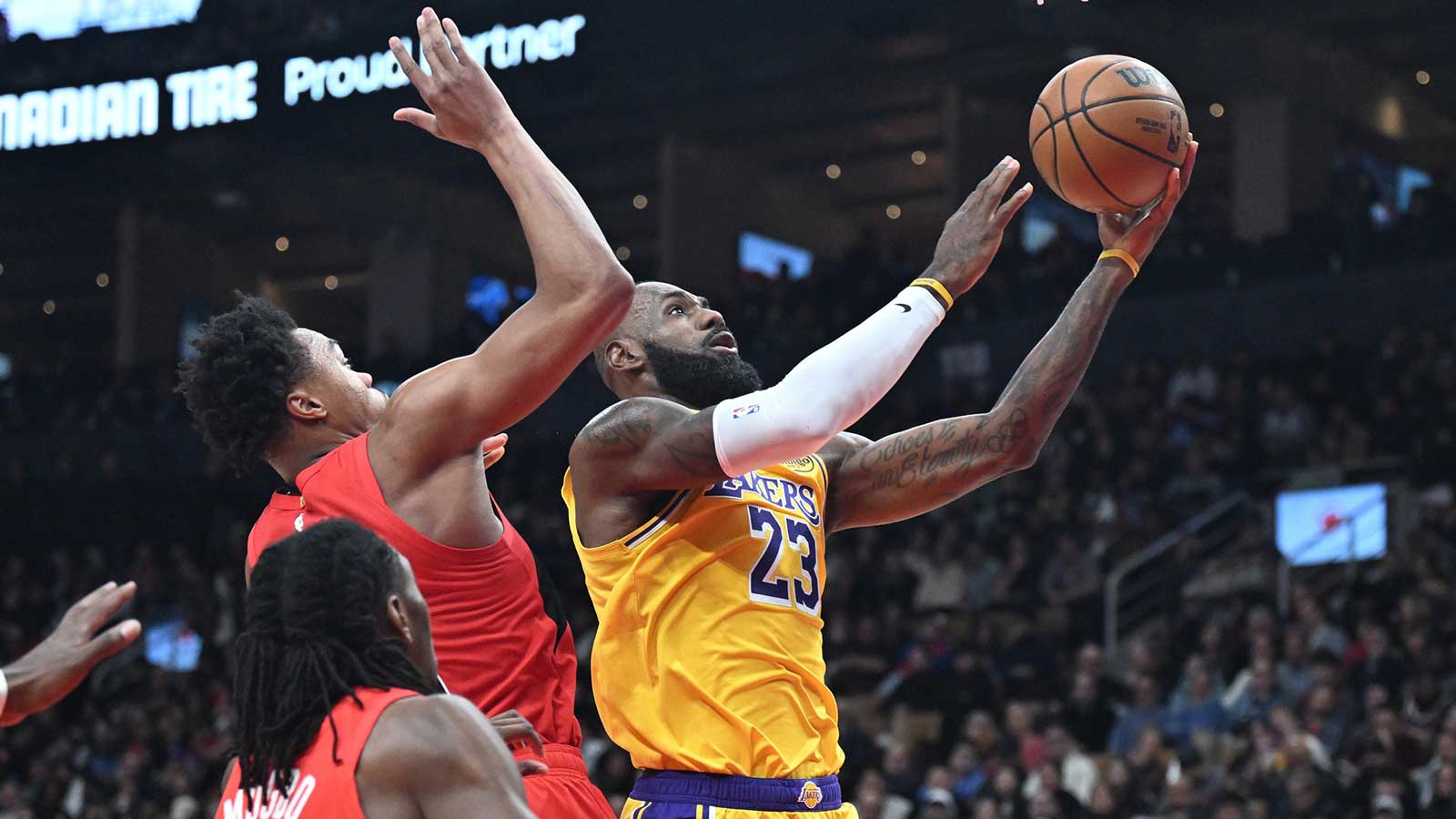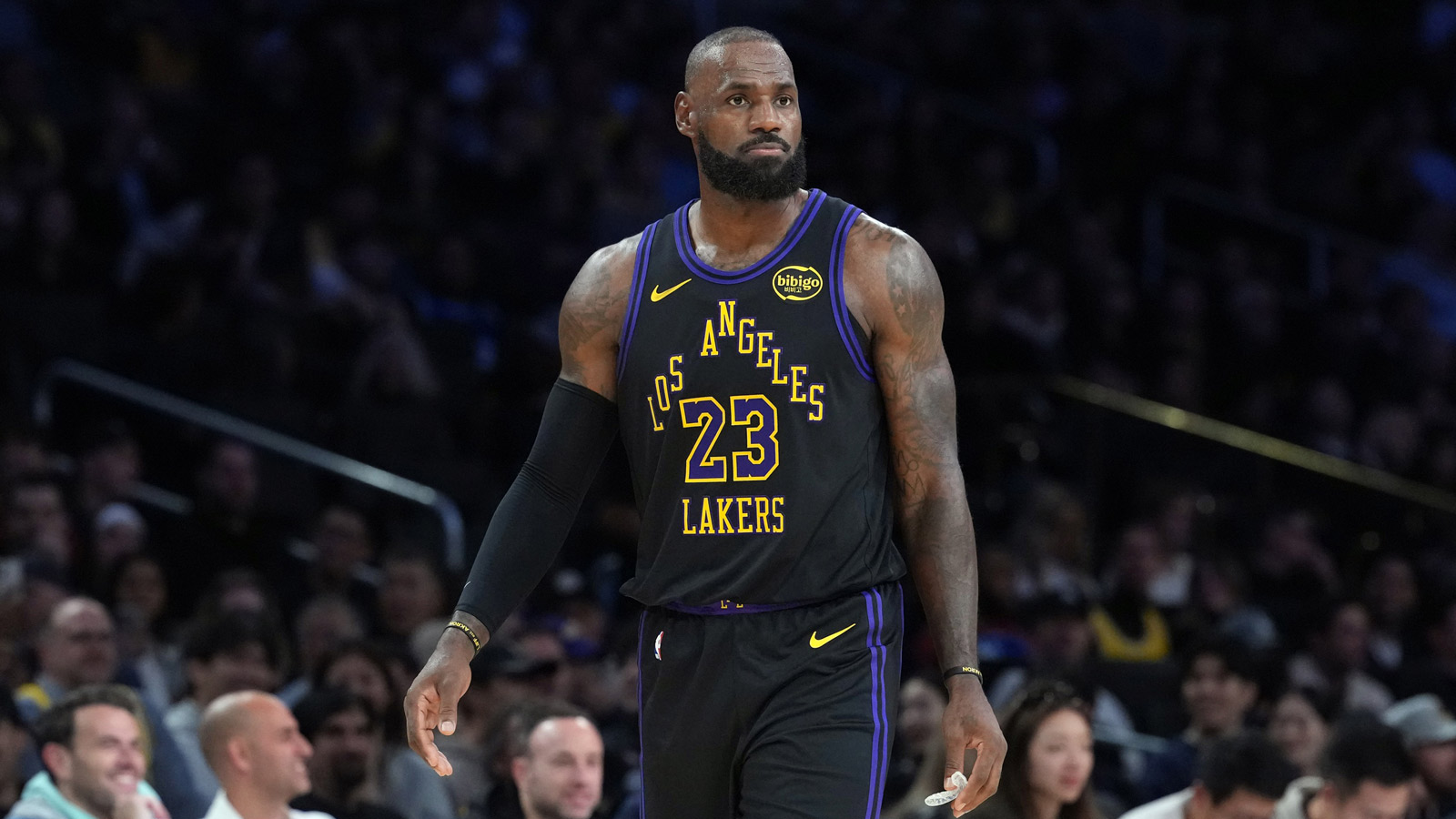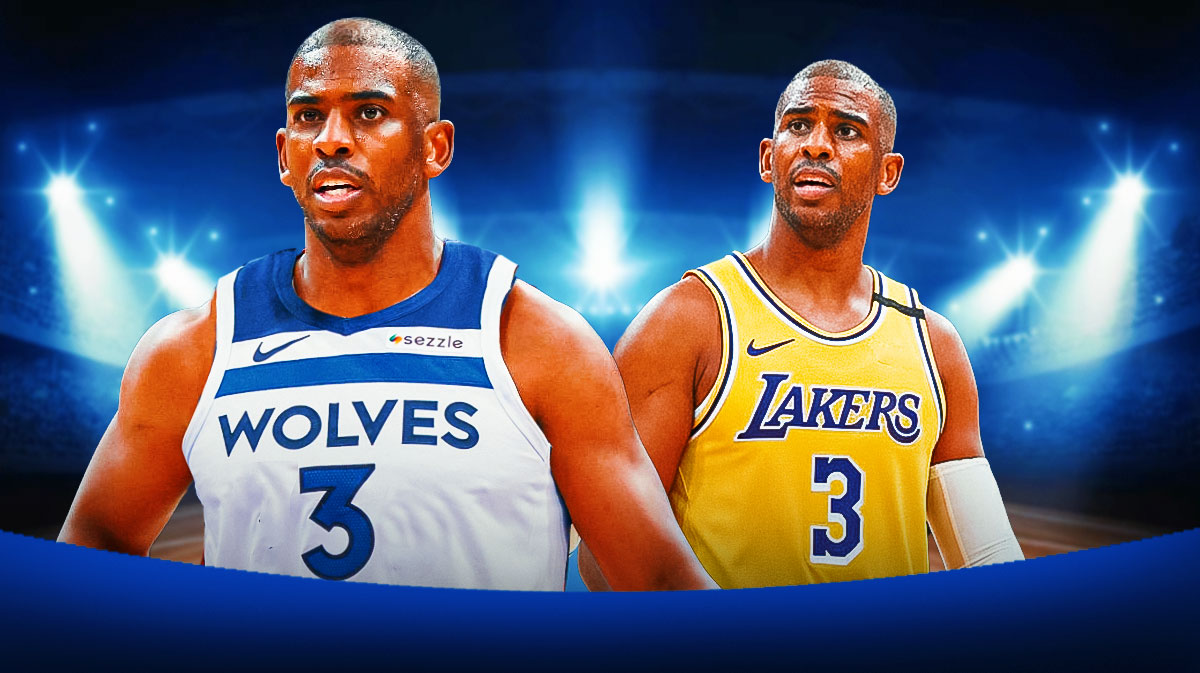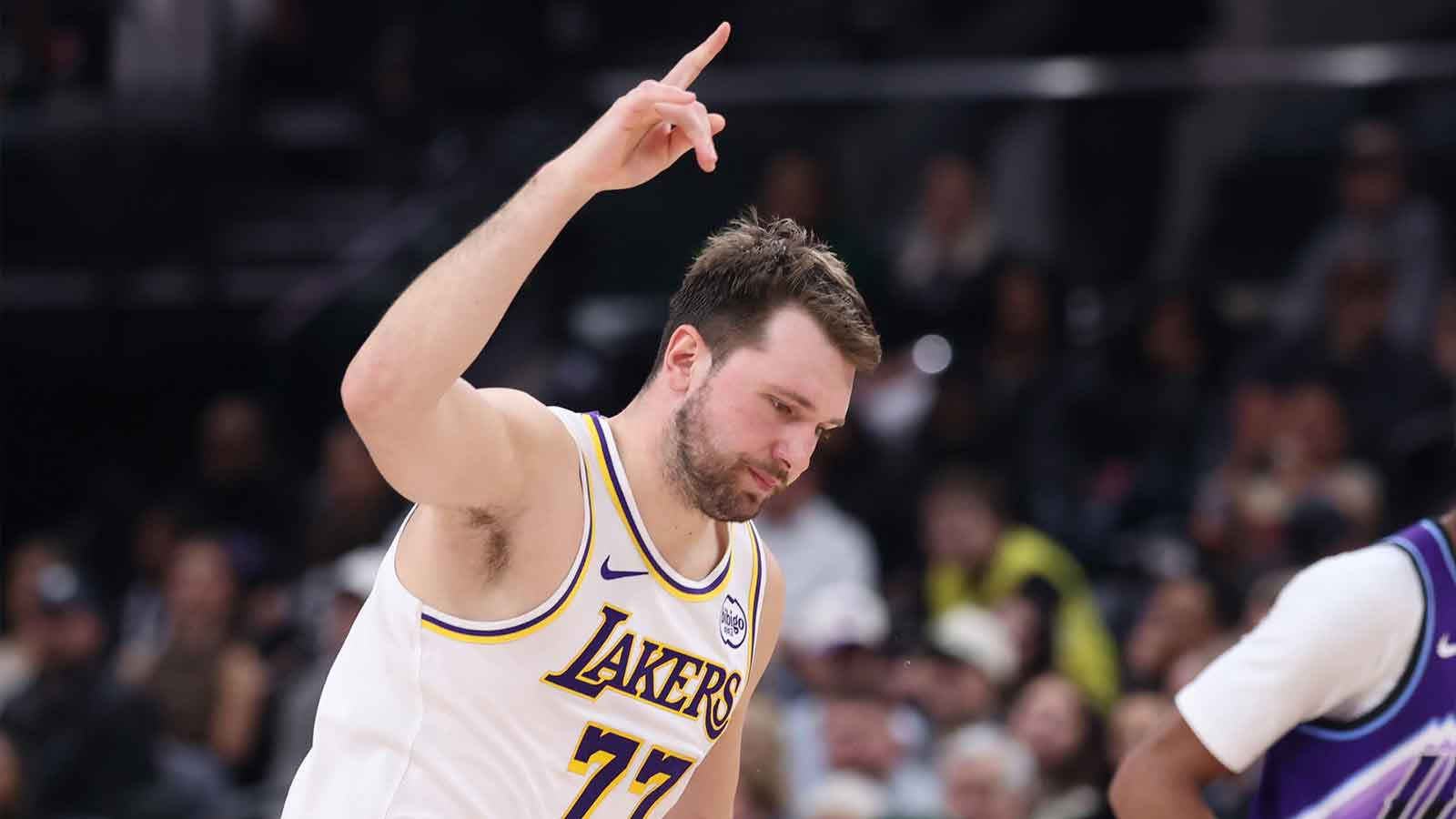If the Los Angeles Lakers are going to repeat as champions, they're going to need LeBron James and Anthony Davis in peak form. That's priority no. 1.
However, the three games since the All-Star break have spotlighted another essential component of their team: the bench.
The second unit was one of the few weak spots of the 2019-20 Lakers. The franchise sought to remedy that in the off-season by signing reigning Sixth Man of the Year Montrezl Harrell, Wesley Matthews (oops), giving Talen Horton-Tucker a bigger role, and trading for Dennis Schröder — thereby moving Alex Caruso back to the bench.
Last year, the Lakers finished 11th in bench points per game during the regular season. Through 40 games in 2020-21, they rank 2nd.
The improved depth transcends the numbers. During this prolonged short-handed stretch without Davis, Caruso, and Marc Gasol, the play of the second unit has carried the Lakers.
In wins over the Indiana Pacers, Golden State Warriors, and Minnesota Timberwolves, the Lakers have averaged a staggering 64.3 bench points. Against Indiana, the bench outscored the starters, 54-51. On Monday, L.A.'s second-unit was responsible for 71 of the team's 128 points. The bench scored 68 points vs. Minnesota.
The efforts have been led by a Backup Big Three, if you will: Kyle Kuzma, Harrell, and Horton-Tucker.
On Tuesday, the three combined to outscore the Minnesota bench 57-32. Their energy — sparked by a James revenge block on Jake Layman (a sentence I never thought I'd write) — fueled the Lakers as they flipped the switch in the second half.
Jake Layman blocked LeBron a minute before this play.
LeBron got him back 👀pic.twitter.com/YGVB8eFLCG
— ClutchPoints (@ClutchPoints) March 17, 2021
Harrell and Kuzma are starting-caliber players, and Kuzma often closes. But as the Lakers stagger rotations and keep pace atop the Western Conference standings while Davis recuperates, they're more valuable off the pine.
Kuzma has continued doing his thing: all-around contributions, leaking and leading transition opportunities, and offering position-less versatility on both ends. He's averaged 19 points and seven rebounds since the break and has hit 53.3% from three. On Friday, his 15 fourth-quarter points allowed L.A. to fend off Indiana.
Harrell seemingly struggling with confidence issues in February, causing Vogel to face questions about his trust in the big-man. But, following a 26-and-12 in the first half finale and eight days off, Harrell — who admitted to being more comfortable feasting on second-units — has looked like a different person. He's averaging 23 PPG on 72.5% shooting in the past three outings, and has punctuated numerous plays with swaggering slams. His prowess as a catcher-and-finisher has been a favorite talking point of Vogel and #LakersTwitter in recent days.
“He catches everything, he finishes everything.”
Despite being assisted upon less than ever, Montrezl Harrell is posting career highs in points per shot attempt and FG% at the rim (75%).
He has tremendous hands, shown the ability to finish through contact and also absurd touch. pic.twitter.com/jvOi7K1Ta1
— Alex Regla (@AlexmRegla) March 16, 2021
After the Wolves win, Harrell credited his days playing football, discus and shot put in high school with the development of his elite hands.
In the walkoff below, @MONSTATREZZ details how growing up playing football, in addition to being a state champ in shot put and discus, really helped his hands. (@KingJames added that playing football really helps w/catching in traffic and through contact.)
— Mike Trudell (@LakersReporter) March 17, 2021
The bench can only carry the team so far, and the Lakers still need James to direct traffic, which he's done masterfully.
On Tuesday, Vogel called James “the best reader of pick and roll action in the game.” After watching Harrell develop chemistry with Lou Williams the past three seasons, James envisioned him and Harrell gelling in a similar fashion.
“I felt that if it was a possibility [to sign Harrell]…he would give us instant energy and instant scoring off our bench,” James said Monday. “Obviously, our team last year kind of struggled a lot with our bench scoring. So I felt that he would make an immediate impact on our ballclub, and it's been just that.”
Montrezl Harrell is a fine artist in the paint. pic.twitter.com/lZFk2AaJEp
— Los Angeles Lakers (@Lakers) March 17, 2021
During the fourth quarter against Minnesota, James and Harrell connected on three consecutive possessions out of the same pick-and-roll set for three easy dunks. Clearly, the two are starting to click.
“Automatically, when we got him, I knew it could be something that we could exploit because my ability to play the pick-and-roll game, my ability to pass the ball and his ability to catch and finish,” James said. “So, I think as of late, we know where we are on the floor, we know the sets that we’re in and he’s doing a hell of a job of being able to set screens for me, get me downhill and then I’m just trying to put it on time, on target.”
Horton-Tucker has put together the most impressive three-game stretch of his career. Heading into the second half, my one key question for THT — as other Lakers have mentioned, too — was whether he could convert his paint attacks into opportunities for others.
THT lead-pass dime, a la '03 Jason Kidd — making you wonder if the Hall of Fame point guard and Lakers assistant coach is imparting some passing wisdom onto the 20-year oldpic.twitter.com/yVfbANSyKX
— Michael Corvo (@michaelcorvo_) March 17, 2021
Sure enough, THT has shown off the passing repertoire. He's continued to get to the rim at will, and, to the delight of the Lakers, the fast-learning 20-year old is making smart, unselfish decisions once in the lane. Horton-Tucker set a career-high with 10 assists on Monday and added four more on Tuesday, to go along with 34 points on 13-of-19 shooting in the GS-MIN back-to-back.
Frank Vogel complimented Montrezl Harrell's hands after last night's game. Trez has validated the praise on multiple occasions in the first half tonightpic.twitter.com/Eibz4YKVI9
— Michael Corvo (@michaelcorvo_) March 17, 2021
In general, the Lakers' passing has been wondrous. After setting a season-high in assists on Monday (36), they surpassed it on Tuesday (37), making the Lakers the first team since 1996 to post 35+ dimes in consecutive games. Various members of the Lakers have shown off a wide array of dishing: outlet passes, in-traffic bounces, backdoor cuts, crosscourt swings, and more.
LeBron full-court dime to Kuzma 💰 pic.twitter.com/LAUx5YTDJ6
— NBA on ESPN (@ESPNNBA) March 17, 2021
The performance by the bench is critical, in the present and future. L.A. has been plagued by slow starts for much of the season, often due to their sloppiness (the Lakers average a league-worst 4.1 turnovers in the first quarter). But, the second unit has helped mitigate shaky opening frames. On Tuesday, for instance, Matthews punctuated a messy first quarter with a buzzer-beating triple to give L.A. the lead — a low-key important bucket.
The production of the bench during this stretch should pay dividends later on. With or without AD, the Lakers need to be better with James off the floor. Furthermore, in a season almost fully absent of practice time, these reps are crucial for rotation newcomers like THT and Harrell. Finally, their ball-movement has opened up three-point looks, which has helped the Lakers regain their shooting stroke after a February slump.
Caruso and Marc Gasol will re-join the fray soon, and Markieff Morris and Damian Jones have played well as starters. Come playoff time, when rotations tighten, Vogel is going to have some tough decisions.
“I’m not really thinking about that right now,” he said Tuesday. “I think, these guys getting those minutes now and finding the rhythm and the role in the minutes that they're getting, I think they're going to be able to catch that rhythm when we're whole.”
Ultimately, This is a good problem.


